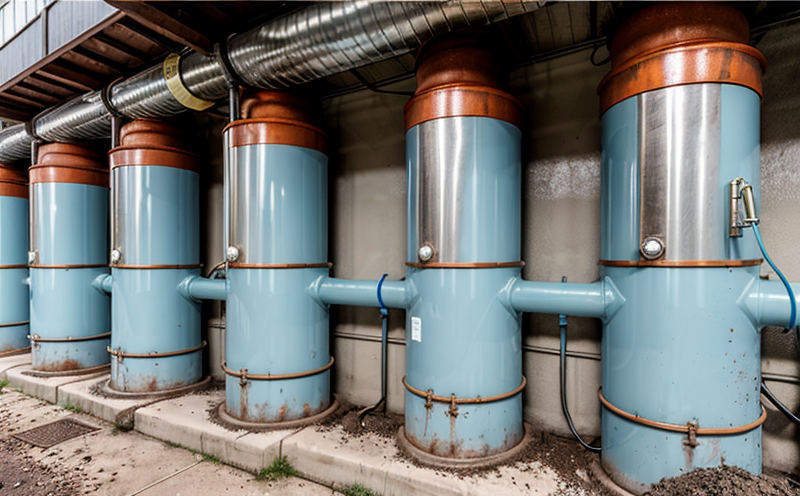ASTM G226 Deposit Morphology Test in Water
The ASTM G226 standard provides a method for deposit morphology assessment in water systems. This test is essential for understanding and predicting the potential impacts of deposits on water quality, equipment integrity, and operational efficiency within industrial settings such as power plants, desalination facilities, and other large-scale water treatment operations.
The primary goal of this test is to identify and characterize the types of deposits that form in water systems. Deposits can lead to various issues including reduced heat transfer, increased corrosion rates, fouling, and blockages. By analyzing these deposits, operators gain critical insights into potential areas for improvement in their water treatment processes.
The ASTM G226 procedure involves collecting a sample of the deposit and examining it under optical or scanning electron microscopes (SEM). The microscope analysis allows for detailed visualization of the deposit's morphology—its structure and form. This information is crucial for identifying the types of materials present in the deposits, which can vary widely depending on the water source, treatment processes used, and operational conditions.
The test also includes a quantitative aspect where the amount of deposit formed over a specific period under defined conditions is measured. This data helps in evaluating the efficiency of water treatment strategies and identifying any areas where improvements are needed. For instance, if certain chemicals or filtration methods are not effectively preventing deposits, this information can guide adjustments to the system.
Understanding the morphology of deposits through ASTM G226 testing supports strategic decision-making for improving water quality and extending equipment lifespan. The insights gained from this test can lead to more efficient operations, lower maintenance costs, and reduced downtime—all critical factors in maintaining robust and reliable industrial processes.
Scope and Methodology
| Step | Description |
|---|---|
| 1. Sample Preparation | Select a representative sample from the water system where deposits are suspected to form. This should be done in accordance with ASTM G226. |
| 2. Incubation | Place the collected deposit into an appropriate container and incubate under controlled conditions as specified by ASTM G226. |
| 3. Microscopy Examination | Examine the sample using optical or SEM microscopy to observe and document its morphology. |
| Microparameter | Description |
|---|---|
| Density of Deposits | The total mass of deposits per unit area, measured in grams per square meter (g/m²). |
| Deposit Thickness | The average thickness of the deposit layer measured in millimeters (mm). |
| Porosity | The ratio of void space to total volume within the deposit. |
Environmental and Sustainability Contributions
The ASTM G226 test plays a vital role in supporting environmental sustainability by helping organizations identify and mitigate the impact of deposits on water systems. By understanding the types and quantities of deposits, facilities can implement more effective water treatment processes that reduce chemical usage and minimize waste. This not only improves operational efficiency but also contributes to reducing the overall carbon footprint associated with industrial water management.
Moreover, the insights provided by ASTM G226 can lead to better resource utilization. For example, facilities may optimize their filtration systems or modify chemical treatments to prevent certain types of deposits from forming in the first place. This approach helps minimize the need for costly clean-up operations and extends equipment lifespan, thereby reducing waste generation.
Through regular testing, organizations can ensure that they are adhering to best practices for water management, which aligns with broader sustainability goals such as energy conservation and reduction of harmful emissions. By leveraging ASTM G226, facilities contribute to a more sustainable approach to industrial operations, supporting long-term environmental stewardship.
Competitive Advantage and Market Impact
Early Identification: Provides early detection of potential issues that can affect system performance and longevity.
Data-Driven Decisions: Offers quantifiable data to support strategic decisions regarding water treatment processes and equipment selection.
Regulatory Compliance: Ensures compliance with international standards, enhancing reputation among stakeholders.
Innovation Facilitation: Enables continuous improvement in technology and process design through informed decision-making.





